
Le guide de la médecine et de la santé
en Afrique francophone
Suivez-nous :
 Identifiez-vous | Inscription
Identifiez-vous | Inscription

Suivez-nous :
 Identifiez-vous | Inscription
Identifiez-vous | Inscription

Publié dans Médecine d'Afrique Noire 5903 - Mars 2012 - pages 125-132
 Profil épidémiologique et prise en charge du diabète de l’enfant et de l’adolescent à Libreville
Article Open access
Profil épidémiologique et prise en charge du diabète de l’enfant et de l’adolescent à Libreville
Article Open access
Auteurs : Y. Vierin Nzame, E. Baye, S. Mavoungou, A. Moussavou - Gabon
Introduction : Le diabète est en augmentation dans tous les pays y compris en Afrique. La littérature africaine situe son incidence entre 7 et 10 pour 100000 habitants par an chez l’enfant et l’adolescent. L’objectif de ce travail était d’identifier les caractéristiques épidémiologiques du diabète de l’enfant et de l’adolescent à Libreville et sa prise en charge.
Méthodologie : Il s’agissait d’une enquête prospective réalisée du 1er novembre 2008 au 30 janvier 2009. Tous les patients ont été recrutés au centre national de diabétologie du centre hospitalier de Libreville après consentement de leurs parents. La collecte des données a été réalisée à partir d’un questionnaire individuel.
Résultats : Nous avons recensé 4611 diabétiques dont 21 enfants et adolescents (0,5%). Le sex-ratio de la population cible était de 1,1 ; 61% étaient âgés de 15-19 ans. Trois patients avaient des antécédents familiaux de diabète. L’âge moyen de découverte était de 9,6 ans. Le diabète a été découvert suite à un coma acido-cétosique dans 71% cas. Pour tous les patients, il était de type 1. Quatorze enfants se procuraient l’insuline à l’hôpital. Elle était administrée à la dose de 1 UI/Kg/j en moyenne avec des extrêmes allant de 0,7 à 2 UI/Kg/j. La surveillance glycémique était faite par autocontrôle dans 71% des cas.
Conclusion : Les enfants représentaient 0,5% des diabétiques. Il était découvert suite à une acidocétose dans 71% des cas. La faible accessibilité à l’insuline a été constatée chez 14 patients. Elle était liée aux ressources financières modestes des familles. Des stratégies de prise en charge optimum des patients diabétiques doivent être développées.
Introduction: The incidence of the diabetes is in increase in all the countries. The African literature places the diabetes in childhood and adolescent between 7 and 10 for 100.000 persons in one year. The objective of this work was to identify the epidemiological characteristics of the diabetes of the child and adolescent in Libreville and the management.
Methods: It was a prospective survey realized from November 1st, 2008 to January 30th, 2009. All the patients were recruited in the national center of diabetology. The diagnosis of diabetes was established in the presence of the ketoacidosis, the cardinal signs and glycemia. We included all the diabetics’ children and adolescents who came at hospital during the period of study, whose parents gave their consent. The data collection was realized from an individual questionnaire.
Results: We listed 4611 diabetics among whom 21 children and adolescents (0,5%). The sex ratio of the target population was 1,1 ; they were from 2 to 19 years, 61% of the patients were 15-19-years-old. The body mass index went from 16,7 to 23,7 kg/m² with an average of 18,5 kg/m². Three patients had family history of diabetes. Except the physical educational course at school, 38% of the patients practiced a sport. Seventy five percent was boys. The diabetes was discovered between 1 and 16 years old with an average of 9,6 years. In 71 % case, the diabetes was discovered by keto acidosis. For all the patients, it was about the type 1 diabetes. The seniority of the diabetes went from 3 months to 3 years with an average of 1,6 the year. No degenerative complication was noticed. Fifteen patients had accepted their disease. Four children respected the well-balanced prescribed meal. Fourteen children got themselves the insulin to the hospital. The insulin average administered was 1 UI/kg by day, with extremes going from 0,7 to 2 UI /kg/D. The glycemic surveillance was made by autocontrol in 71% of the cases.
Conclusion: The child and adolescent diabetes’ represented 0,5% of the patients followed in the national center of diabetology of hospital center of Libreville. Nineteen patients on 21 were adolescents. The diabetes was discovered in the majority of the cases by ketoacidosis. The low accessibility to the insulin was noticed at 14 patients. It was bound to the modest financial resources of families. We have noticed a real difficulty for the children and adolescents diabetics care in this survey. Difficulty mainly bound to the high cost of the insulin and accessories. This situation calls to all the actors to develop strategies to take care in an effective way of the diabetics patients.
 Lire l'article (PDF)
Article Open access
Lire l'article (PDF)
Article Open access
Cet article est actuellement coté ![]() (2,2 étoiles) par les abonnés de APIDPM Santé tropicale.
(2,2 étoiles) par les abonnés de APIDPM Santé tropicale.
Il a été consulté 4632 fois, téléchargé 162 fois et évalué 5 fois.
Retour - Sommaire de ce numéro
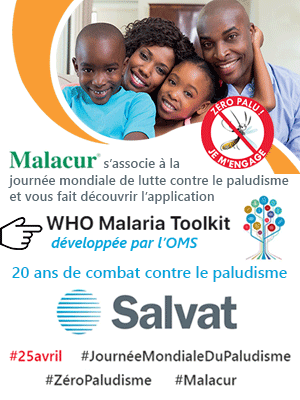
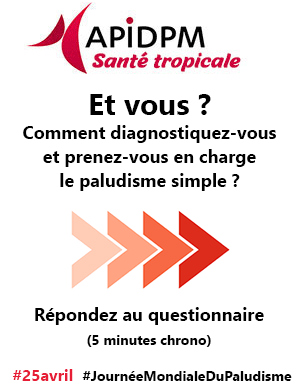
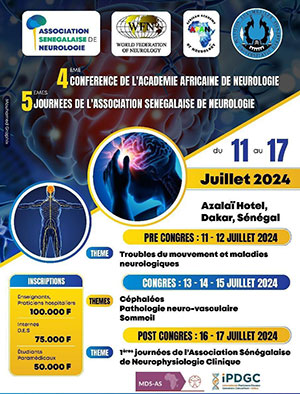

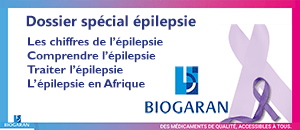


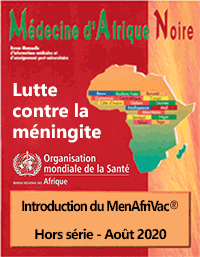


![]() Adresse
Adresse
![]() Téléphone
Téléphone
Revue MAN
Revue OST
Actualités
Webinaires
Espaces labos